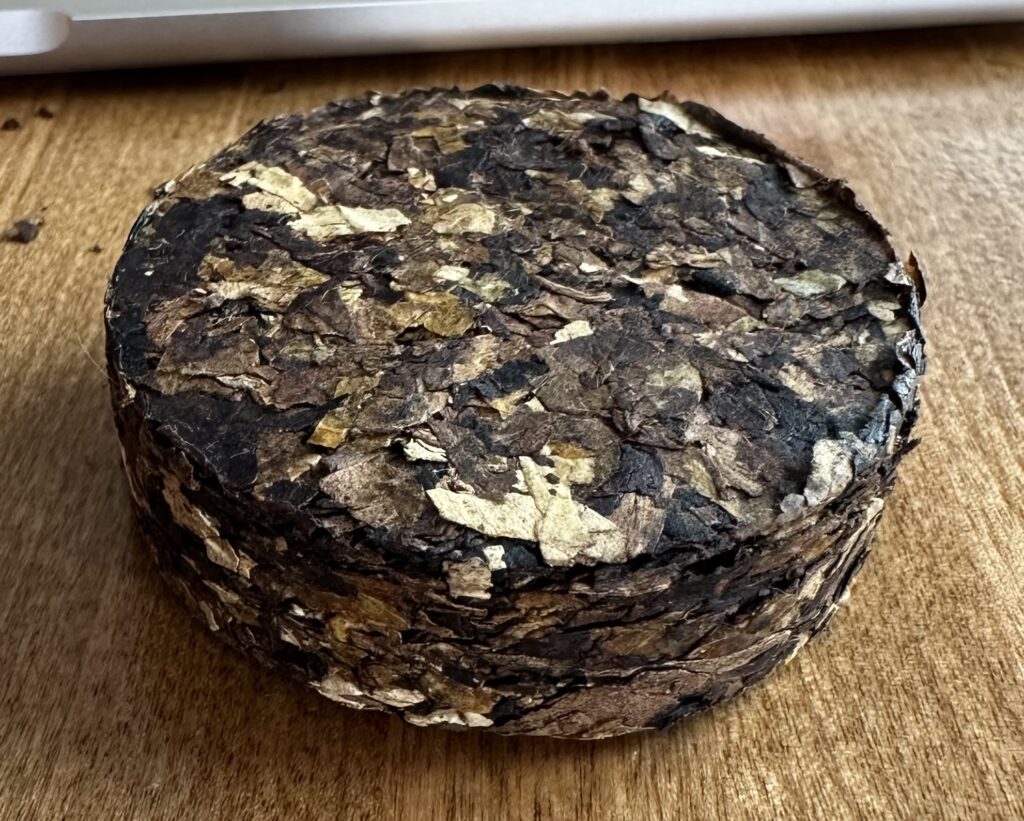Let me first say that I am not a fan of Donald Trump. Anyone who’s been around me knows that. The guy is, at his core, too much of a bloviating purveyor of bovine fecal matter, with at best a tenuous grasp of the truth on far too many occasions. I do agree with much of the core of what her’s trying to do, but the way in which he goes about it almost seems calculated to provoke the highest possible degree of outrage both at home and abroad. If I thought it actually was calculated, I’d be impressed… but I don’t think it’s a tactic, I think he just flat does not care who disagrees or hates him and everyone around him. I also think that he increasingly makes one of the biggest mistakes that (in my humble opinion) a leader can make — surrounding himself with sycophants, exactly as Obama did and as Biden probably tried to do while he was still self-aware enough for self-feeding.
That said, I can get behind some of the things DOGE is doing. Some of it. The focus on sensationalizing the “woke” nonsense that we have been wasting millions to support and encourage is delaying them from focusing on the billions and billions wasted on, for example, the Medicare Advantage debacle, or some of our other ridiculous waste and fraud. If half of what we hear is true, or even a tenth of it, there is a very deep well of money from which to draw much more substantial savings of taxpayer – OUR – dollars.
That said, the almost instantaneous pivot to “Hey, let’s buy votes by sending out more government checks” is nothing short of idiotic. We are drowning in government debt, and it’s going to ruin us and turn the US into a second-rate nation or worse very soon if left unchecked. The US is spending 1.124 trillion dollars annually servicing the interest — just the interest, mind you, not even touching the principal which we haven’t paid down in years. So, you cut back in spending to the tune of a tiny percentage of your annual interest expense, and decide to do something other than pay down debt with that money? Just exactly how stupid does a person need to be to make that kind of call? The most disturbing part is that even some so-called conservatives seem to support this hare-brained idea. When did conservatives start endorsing unfettered spending, insane debt, and trying to buy votes?
I read an article in the Wall Street Journal (here, may be paywalled) that should scare the hell out of people. In short, the author looks at what he calls “Ferguson’s Law”, from a 1767 essay by Scottish political theorist Adam Ferguson. In it, Ferguson states that, “any great power that spends more on debt service than on defense risks ceasing to be a great power.” There are a few illustrations of this, including the decline of Spain as a global power in the 17th century; Bourbon France in the 19th century; the Ottoman Empire, Austria-Hungary, and Tsarist Russia in the 20th. Great Britain managed to avoid its complete decline a couple of times in the 18th and 19th centuries, but another foray into the region of higher debt service than defense spending in the 20th led to the infamous appeasement of Hitler’s Germany in the 30s — because Britain could not afford to do anything else.
We’re there now. We’ve been there since 2024. 10124 trillion in debt service, and 1.107 trillion on defense. So great – just bump our defense spending up, right? Wrong. With what? We’ve already borrowed more money than we can pay back. Social Security, Medicare, and other expenses that are essentially mandatory limit what we can spend on defense. And the limits are hurting us now. We’re being rapidly outpaced at sea by China. Shifting land and sea warfare factors mean that in an altercation with a peer or near peer — think Russia, China, and so on – we’d be hard pressed to hold our own.
We saw several years under two – not just one, but two – administrations that were marked by unrealistic, unfettered spending with apparently no adult supervision. Biden tried for even more, trying to write off (meaning, saddle the US government and thereby its taxpayers) with hundreds of billions of dollars of MORE debt in yet another vote-buying attempt. He claimed over 183 billion dollars of private debt successfully — if you can use that word with a straight face — converted into public debt. Meaning you and I, and our children and great-great-grandchildren will still be paying the interest on it.
I’m aware that, to some people, this is an acceptable state of affairs. The United States, they say, should not be a dominant world power. We have no business exerting influence on the world stage. All of our resources (usually meaning, “all of the resources of anyone who makes more money than I do”) should be spent creating a welfare state like the worker’s paradises of Soviet Russia, East Germany, Great Britain… you get the picture. For the record, I disagree with those people. I don’t think the US should be a second- or third-rate power. I don’t think we should be embarking on a gunboat diplomacy empire building tour of the Western Hemisphere, but neither do I think we should take an isolationist stance and wash our hands of things like, oh, Russia invading its neighbors. I do think that we had a period of post-Cold War lack of focus that has led us to this point. Instead of military adventurism getting us into ruinous wars, we’ve had fiscal and social adventurism getting us into a ruinous cycle of unsustainable borrowing and spending.
We’ve heard a lot of references to “Tax-and-Spend”. I think that would be much preferable to what we’ve been doing, which is “Borrow-And-Spend”. At least with the former everyone feels the pain of government spending. We’d all know, we’d feel it immediately. Taxpatyers would be more likely to elect a government that spent less and taxed less – or maybe not. Maybe we’d just live with higher and higher taxes. At least we’d be making an informed, conscious decision about it. The latter option, the one we have now, lets much of that spending just be swept under the rug and the long term effect conveniently hidden for the next generation to worry about.


